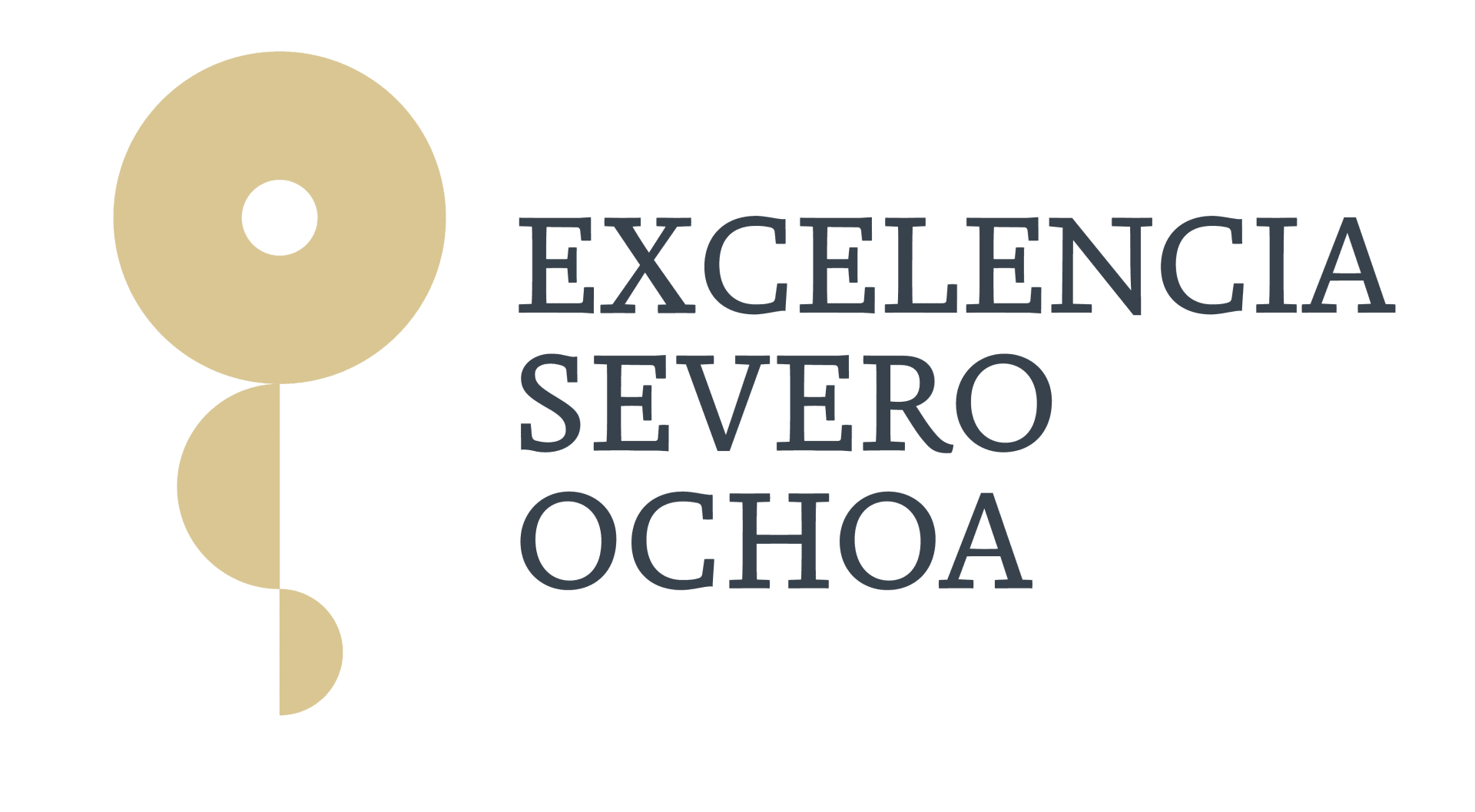Photocatalytic water splitting: advantages and challenges
Over the last decades, an increasing interest has been devoted to the generation of hydrogen from solar-powered water splitting devices as a direct approach to generate a clean and sustainable energy vector. Among the different alternatives, a direct photocatalytic process is the most straightforward, where a light absorber is able to produce hydrogen and oxygen under light irradiation without an external bias. Herein, we discuss the main pros and cons of photocatalytic water splitting for hydrogen production, aiming to offer a clear vision of the critical challenges that need to be overcome for these reactions to become a major player in the generation of solar fuels. The main parameters limiting solar-to-hydrogen yields and efficiencies, and the requirements for the descriptors of materials and components are introduced. We also describe the most promising semiconductors and material composites, highlighting their main features, along with future trends to improve photocatalytic stability, efficiency, and kinetics. Thus, our critical perspective grows from the state-of-the-art to focus on the future and viability of photocatalytic solar hydrogen.

Villa, K.; Galán-Mascarós, J. R.; López, N.; Palomares, E.
Sustain. Energ. Fuels 2021, 5, 4560-4569
DOI:
10.1039/D1SE00808K

Let's create a brighter future
Join our team to work with renowned researchers, tackle groundbreaking
projects and contribute to meaningful scientific advancements























